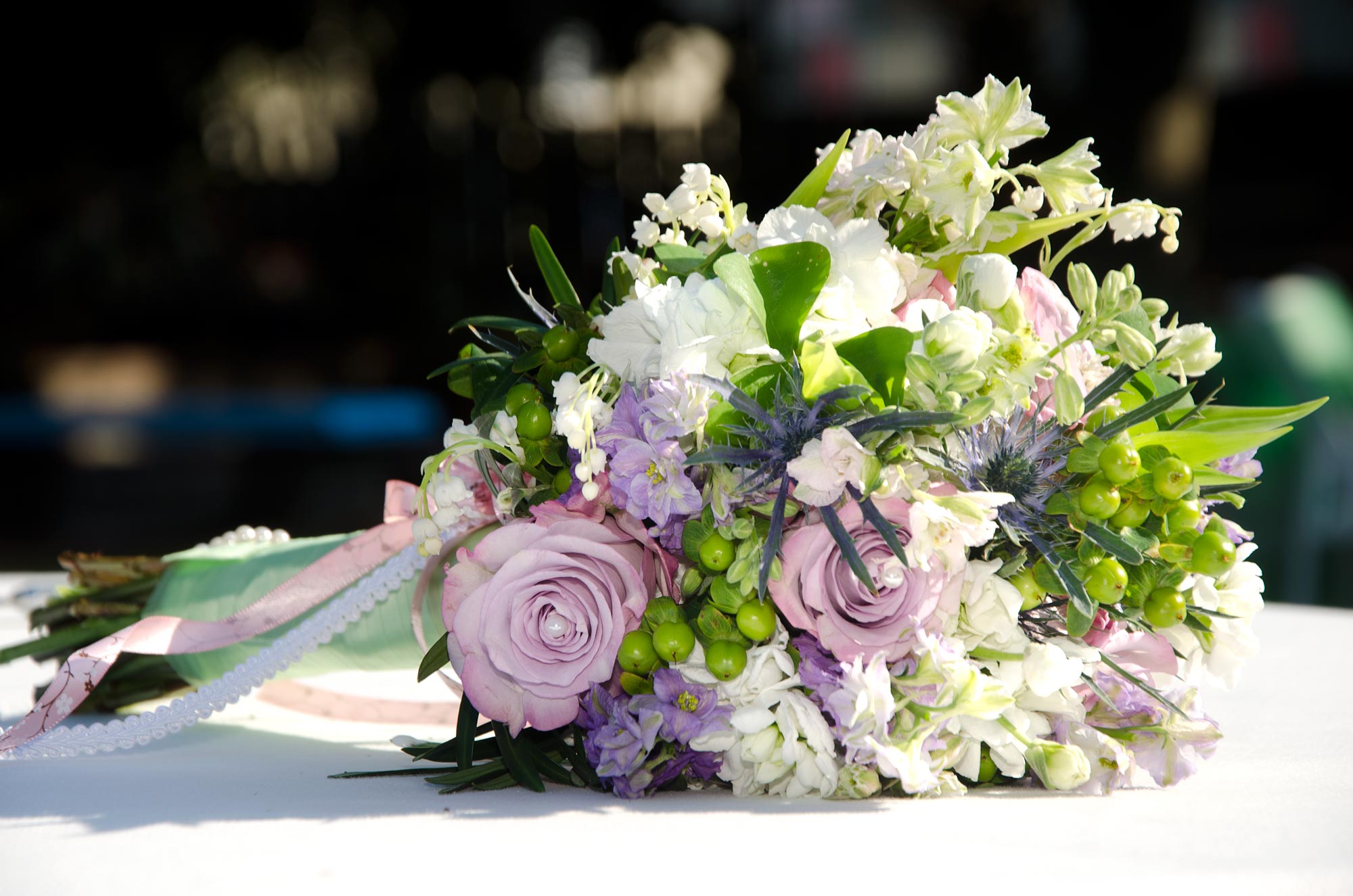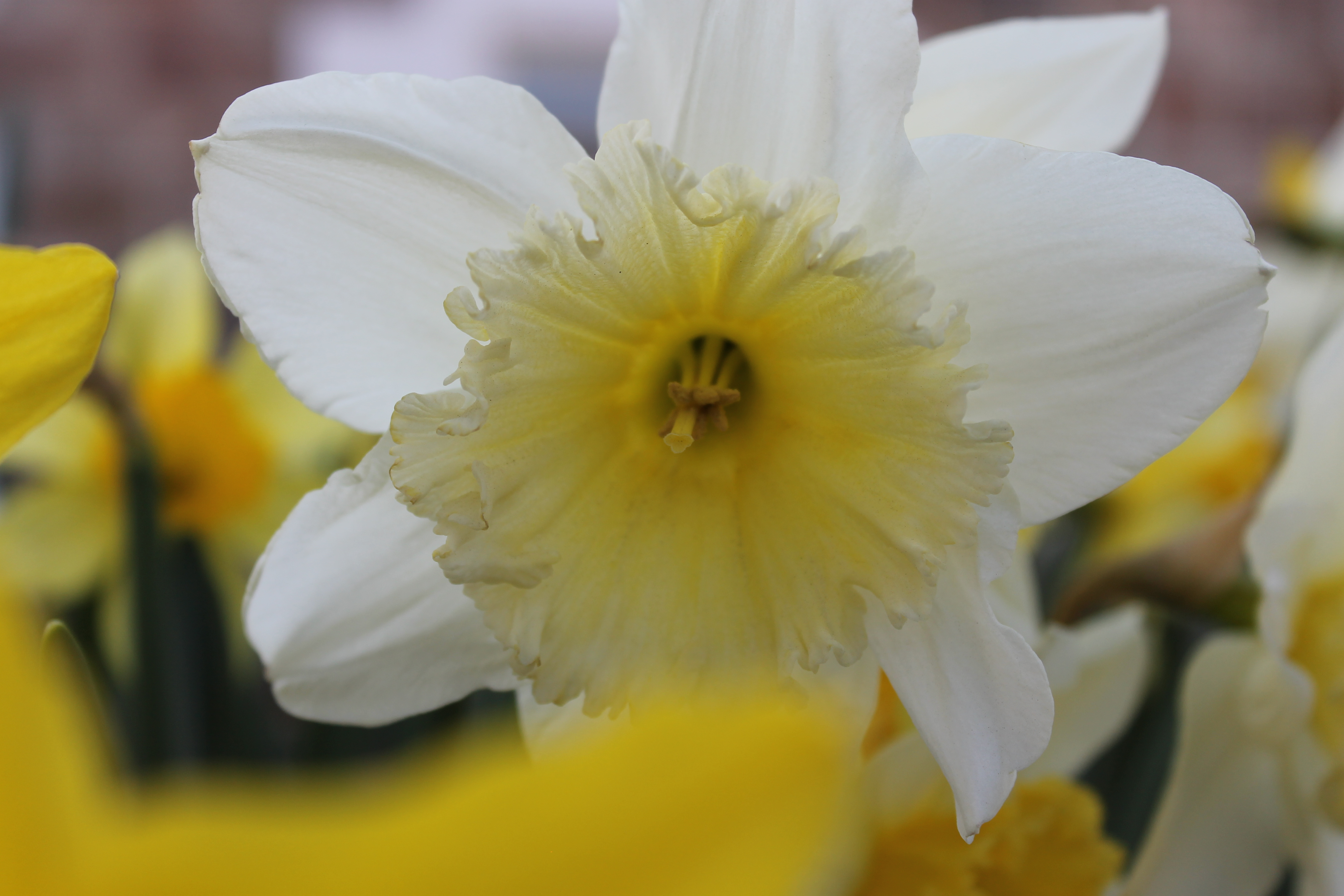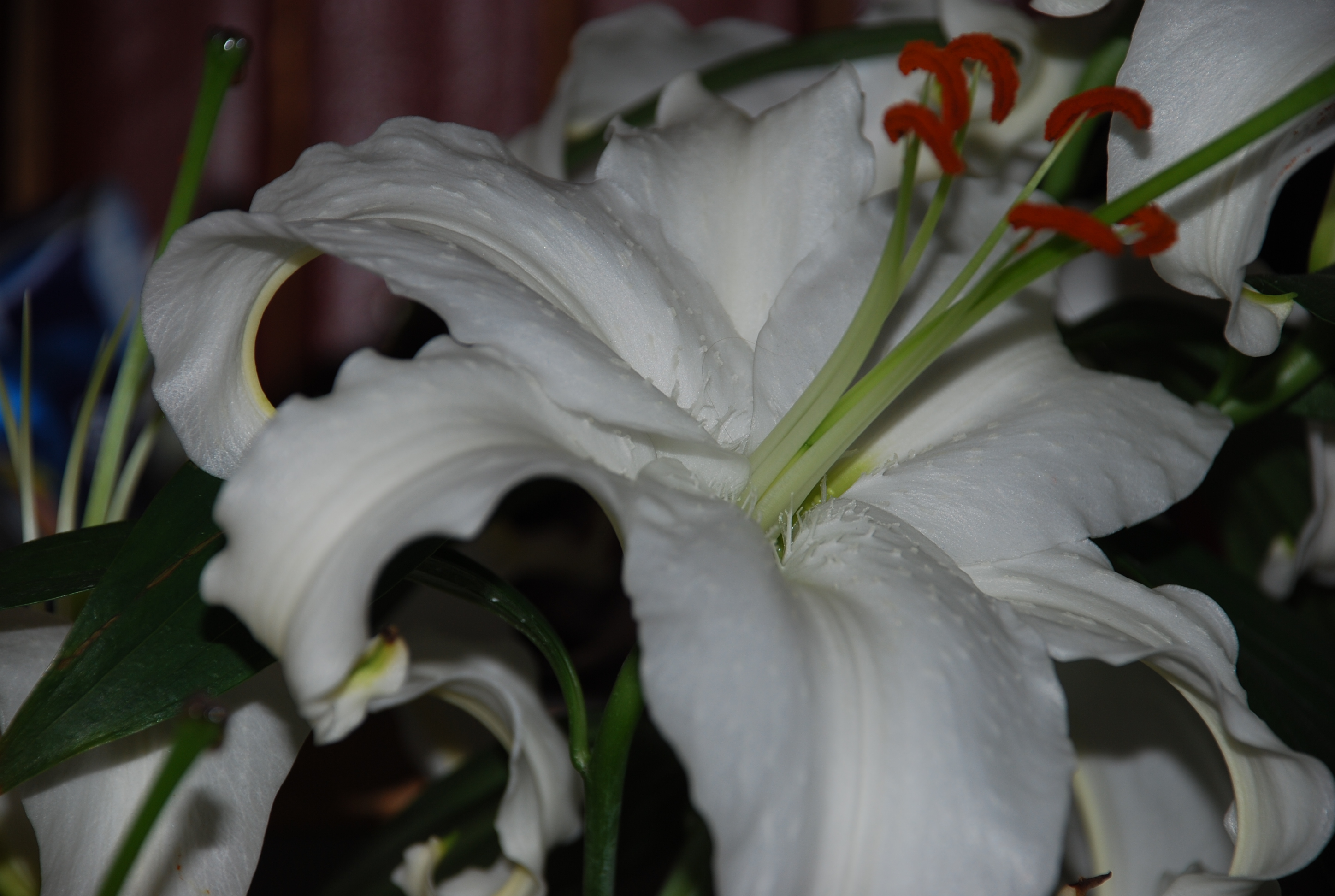The Language of Flowers
Flowers all have their own personal meanings and connotations, so what does it mean when you give somebody a certain flower?
What do flowers mean?

When you give or receive a beautiful bouquet of flowers, did you know the blooms you are holding can convey a deeper meaning? Flowers have their own secret language which varies between species and shades. So simply by choosing a rose rather than a carnation, you could be saying 'I love you' or your message might mean a more platonic 'wishing you good luck'.
Flowers have been imbued with meaning for thousands of years, with some becoming sacred to particular gods and goddesses. But the language of flowers became exceptionally popular in Victorian times, when bunches of blooms were used to send coded messages, enabling people to express sentiments that closeted Victorian society would not permit them to speak openly.
From a spiritual perspective, flowers mirror the human condition: delicate and beautiful they grow, they bloom then they pass away - perhaps to grow again next season. Flowers are the jewels of the plant world.
The language of flowers
Rose
The flower of love, a rose - or a dozen if you are lucky - is still considered the ultimate floral symbol of romance. Associated with Aphrodite, the Greek goddess of love, the rose is also a symbol of secrets and discretion. Each shade of rose has a slightly different meaning.
Red roses are for lovers and their message is 'I love you'.
Dusky pink roses show gratitude.
Pale pink roses symbolise beauty and appreciation.
Yellow roses are for friendship and joy.
Orange roses mean new relationships and ventures.
White roses are for remembrance and honouring the memory of loved ones.
Carnation
Carnations have captured the popular imagination for the past 2000 years. Its name means 'divine flower' and it was used as one of the sacred plants that made up ancient Greek ceremonial crowns. This bloom is sacred to the king of the ancient Greek and Roman gods, Jupiter or Zeus. Its flower lore is concerned with health, vitality and friendship. White carnations symbolise good fortune, lighter red symbolises admiration, while deep red symbolises romantic love. Pink carnations are linked to a mother's love for her children. Some colours of carnation have a sting in their petals because not all their meanings are positive. Purple carnations signify capriciousness, while yellow carnations mean rejection or disappointment, and a striped flower signifies refusal.

Daffodil
The arrival of this flower marks the welcome start of Spring. So it is natural that the daffodil should symbolise new beginnings and fresh starts. This is the flower to give if you want to offer somebody your forgiveness. The vibrant yellow of this flower stimulates new ideas and inspiration, and can help focus your intentions. Sacred to the ancient Egyptian goddess Isis, the daffodil symbolises youth and beauty. It is also a symbol of the Chinese New Year.
Daisy
This flower embodies purity and innocence and has entered our language in the saying, 'as fresh as a daisy'. The daisy is a symbol of healing and purification. In other parts of the world, the daisy is sacred to Freya, the Norse goddess of love, and the daisy symbolises fertility and motherhood. To give someone a daisy symbolises your interest in getting to know them.
Tulip
These flowers thrive by twisting their heads to find the most sunlight, so they are seen as the flower of opportunity and aspiration. A potent symbol of prosperity, the tulip is often incorporated into the logos of financial institutions. Hardy flowers which burst forth every year from the same bulbs, tulips are associated with re-birth and determination.

Lily
There are many meanings associated with the lily. Christian tradition pairs it with purity and innocence - the trumpet shape heralding the coming of Easter and resurrection. While Roman myth associates it with male fertility and procreation. In China it symbolises motherhood and serenity. French Symbolist poetry turns the lily into a sign of female sexuality. The lily is depicted on Raider-White tarot cards - The Magician, Temperance, and Ace of Pentacles, where it often represents the potential for personal growth or the freedom to be yourself.
Lotus
A key symbol in Buddhism, the lotus represents the journey of the soul from suffering to enlightenment. The plant has its roots in the soil (symbolises suffering), its stem grows through water (which symbolises spiritual practice) then it emerges as a fragrant bloom out of the water into the sunshine (symbolises enlightenment).
Poppy
The flower of remembrance. Linked to the god Morpheus, the poppy is connected to intoxication, sleep, and death. The red of the flower calls to mind the colour of blood, but its propensity to grow in many places suggests a more positive message of resurrection, resilience, and the continuation of life.
Submit A Comment
Create a Psychic Sofa account today!
Join the Psychic Sofa Community Today and get access to:
- Get notified by (FREE) SMS text when a reader becomes available!
- Latest offers and members only exclusives
- Add favourite readers to your profile





Comments
No comments have been made yet